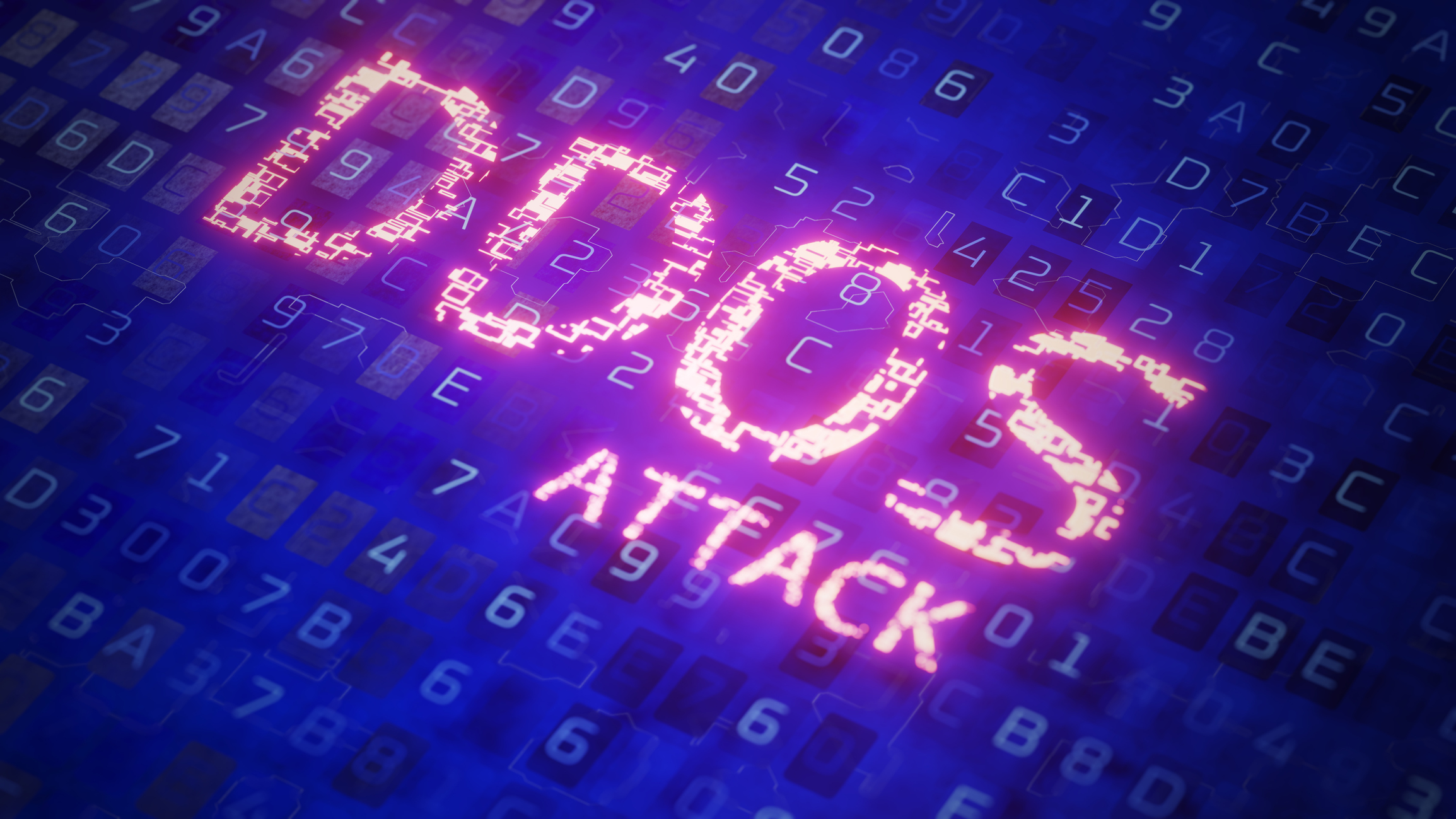DDoS attacks are on the rise, and are increasingly politically-motivated
Hacktivists are causing havoc across the world

The number of attacks targeting critical infrastructure, banking and financial services, government and utilities sectors across Europe and the Middle East has increased 55% in the last four years, new research has claimed.
Distributed Denial of Service (DDoS) attacks are particularly worrying, rising by almost a third (30%) in the first half of 2024, compared to the same peiod in the previous year, to a new cybersecurity paper published by NETSCOUT SYSTEMS.
Based on DDoS attack data harvested from 216 countries and territories, 470 vertical industries, and over 14,000 ASNs, the paper argues that hacktivists are one of the key groups to be blamed for the increase in attacks.
Widespread disruptions
With the emergence of the Zergeca botnet, the number of bot-infected endpoints rose by 50%, the researchers further explained, adding that the “continued evolution” of the DDoSia botnet, used by a group called NoName057(16), also played a pivotal role.
The attacks resulted in “widespread disruptions”, NETSCOUT concluded, adding that industries were affected on a global scale. “Service slowdowns or outages can cripple revenue streams, delay critical operations, hinder productivity and significantly elevate organizational risks,” they concluded.
The researchers also added that more than 75% of newly established networks have been involved in DDoS attacks, both as targets, or as unwilling attackers, in the first 42 days of their inception. When splitting off a part of a network to a new ASN, organizations need to keep DDoS protection in mind, NETSCOUT says, adding that assuming automatic protection from upstream service providers can only lead to trouble.
“Hacktivist activities continue to plague global organizations with more sophisticated and coordinated DDoS attacks against multiple targets simultaneously,” said Richard Hummel, director of threat intelligence at NETSCOUT. “As adversaries use more resilient, take-down-resistant networks, detection and mitigation are more challenging. This report gives network operations teams insights to fine-tune their strategies to stay ahead of these evolving threats.”
Sign up to the TechRadar Pro newsletter to get all the top news, opinion, features and guidance your business needs to succeed!
More from TechRadar Pro
- The largest ever DDoS attack has just been blocked - here's how it was done
- Here's a list of the best firewalls today
- These are the best endpoint protection tools right now
Sead is a seasoned freelance journalist based in Sarajevo, Bosnia and Herzegovina. He writes about IT (cloud, IoT, 5G, VPN) and cybersecurity (ransomware, data breaches, laws and regulations). In his career, spanning more than a decade, he’s written for numerous media outlets, including Al Jazeera Balkans. He’s also held several modules on content writing for Represent Communications.